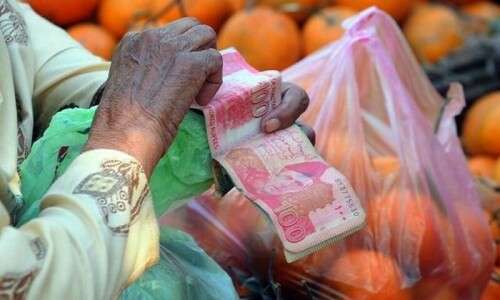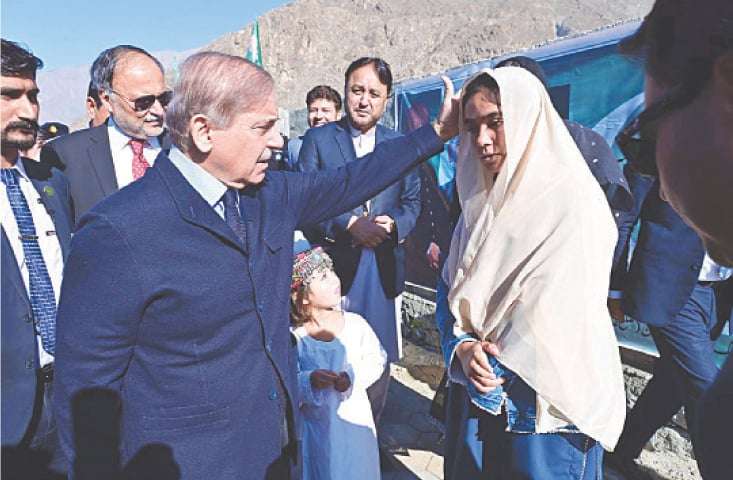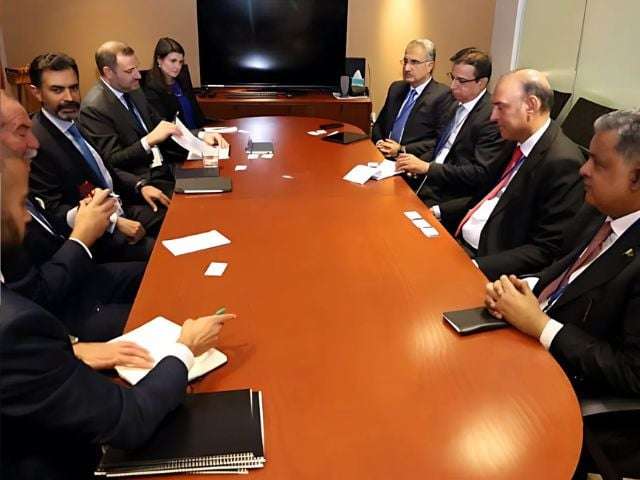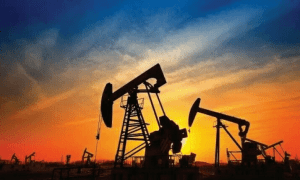In a surprising turn of events, Pakistan’s Consumer Price Index (CPI) inflation rate for January 2025 has shown a remarkable slowdown, dipping to 2.41% year-on-year (YoY), marking the lowest figure seen in over nine years. This latest data offers hope that inflationary pressures are beginning to ease after a period of soaring price increases, presenting an important milestone for the country’s economy.
What Is Disinflation? Understanding the Key Economic Term
Disinflation refers to the decline in the rate of inflation—meaning that while prices are still rising, they are doing so at a slower pace. This is different from deflation, where the overall price levels actually decrease. The country’s inflation trend toward disinflation is significant, considering the challenges faced by Pakistan’s economy in recent years.
According to the Pakistan Bureau of Statistics, CPI inflation for January 2025 stood at 2.41% YoY, which is a substantial reduction compared to 4.1% in December 2024 and a staggering 28.3% in January 2024. This indicates a positive trajectory for the country’s efforts to stabilize inflation and reduce the economic strain on consumers.
Month-on-Month CPI Inflation Increases Slightly
While the YoY inflation has slowed down significantly, Pakistan’s CPI saw a small increase of 0.2% in January 2025 compared to the previous month (December 2024). This minor uptick could signal some persistent pressure on prices, though it remains relatively low compared to the significant inflation levels witnessed in the past year.
Factors Contributing to the Decline in CPI Inflation
Urban Price Trends
The decline in inflation is a mixed bag when we break down the data by urban and rural areas. Urban areas have seen a noticeable shift in the prices of various food and non-food items.
- Food Items: The prices of several staple foods have witnessed significant increases, including:
- Potatoes: 45.14%
- Besan: 44.72%
- Pulse Gram: 41.73%
- Pulse Moong: 37.33%
- Honey: 23.24%
- Non-Food Items: There was also a marked increase in the prices of various non-food goods:
- Motor Vehicle Tax: 168.79%
- Footwear: 31.88%
- Dental Services: 26.16%
- Drugs & Medicines: 16.56%
Despite these increases, the overall inflation rate has decreased due to reductions in other categories, signaling a possible stabilization of certain prices.
Rural Price Trends
Similarly, rural areas also saw price increases in food and non-food items, although they exhibited slightly higher price hikes in some categories:
- Food Items: Items such as potatoes, besan, and pulse gram experienced sharp increases:
- Potatoes: 49.32%
- Besan: 45.85%
- Pulse Gram: 45.24%
- Pulse Moong: 37.84%
- Milk Powder: 26.39%
- Non-Food Items: Non-food items that saw price increases in rural areas included:
- Motor Vehicle Tax: 126.61%
- Education Services: 23.41%
- Dental Services: 18.41%
These rural price trends reflect a broader shift in costs across various essential goods and services.
Factors Behind the Year-on-Year Inflation Decline
The year-on-year inflation decline from 28.3% in January 2024 to 2.41% in January 2025 is largely attributed to a decrease in food prices and energy-related items. Key contributors include:
- Government Subsidies and Controls: Efforts by the government to regulate the prices of essential goods such as wheat, sugar, and cooking oil have helped lower inflation.
- Improved Supply Chains: Reduced supply chain disruptions in the country’s agricultural and retail sectors also contributed to the easing of food prices.
- Energy Reforms: Efforts to reform the energy sector and reduce reliance on costly imports may also have played a role in curbing inflation.
However, certain price hikes, especially in urban areas, are still concerning. Rising costs in health and transportation sectors could pose challenges to low-income households.
5 FAQs About CPI Inflation in Pakistan
1. What Is the CPI Inflation Rate in January 2025?
The CPI inflation rate for January 2025 stands at 2.41% year-on-year (YoY), marking a significant reduction from 28.3% in January 2024.
2. What Does Disinflation Mean for the Economy?
Disinflation refers to a slowdown in the rate of inflation, where prices still rise but at a slower pace. It is different from deflation, where prices actually decline.
3. What Were the Main Contributors to Inflation in January 2025?
Food prices such as potatoes, pulse gram, and besan saw significant increases. Non-food items such as motor vehicle tax and dental services also saw sharp price hikes.
4. How Does Rural Inflation Differ from Urban Inflation?
In rural areas, food items like potatoes and pulse gram saw higher price hikes compared to urban areas. However, the inflation trend remains similar across both sectors, with some rural areas seeing more pronounced increases in specific items.
5. Is Pakistan’s Inflation Outlook Optimistic for 2025?
While inflation has significantly decelerated, challenges remain in controlling rising costs of essential goods and services. The government’s ongoing policies to stabilize inflation could bring more positive outcomes in the coming months.
Conclusion: Looking Forward to Economic Stability
Pakistan’s inflation trend for January 2025 marks a significant shift towards economic stabilization, with a noticeable decline in the overall CPI. Despite rising prices for certain goods and services, particularly in urban and rural areas, the general trend reflects that the country’s economic policies may be having a positive effect. However, long-term solutions will require sustained efforts to manage supply chains, curb rising energy costs, and control inflation in essential sectors.



